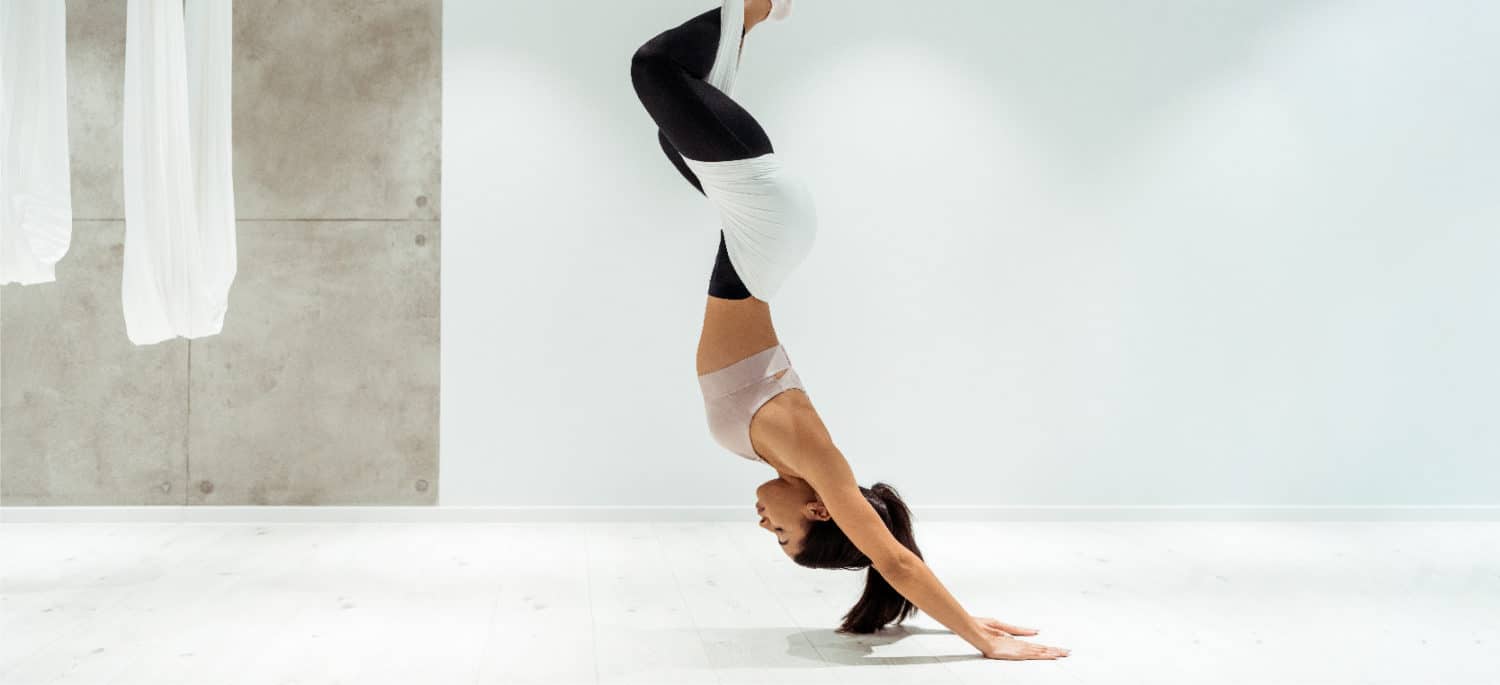This Dr. Axe content is medically reviewed or fact checked to ensure factually accurate information.
With strict editorial sourcing guidelines, we only link to academic research institutions, reputable media sites and, when research is available, medically peer-reviewed studies. Note that the numbers in parentheses (1, 2, etc.) are clickable links to these studies.
The information in our articles is NOT intended to replace a one-on-one relationship with a qualified health care professional and is not intended as medical advice.
This article is based on scientific evidence, written by experts and fact checked by our trained editorial staff. Note that the numbers in parentheses (1, 2, etc.) are clickable links to medically peer-reviewed studies.
Our team includes licensed nutritionists and dietitians, certified health education specialists, as well as certified strength and conditioning specialists, personal trainers and corrective exercise specialists. Our team aims to be not only thorough with its research, but also objective and unbiased.
The information in our articles is NOT intended to replace a one-on-one relationship with a qualified health care professional and is not intended as medical advice.
Inversion Therapy Benefits for Back Pain and Bad Posture
September 23, 2019

If you’re looking for natural back pain relief, inversion therapy is something you may want to consider. You can even experience this nonsurgical treatment in your own home through the use of an inversion table or chair.
What are the benefits of inversion therapy? Potential benefits include reducing pain while improving strength and flexibility. Sometimes, a doctor may even suggest inversion therapy for chronic back pain before turning to surgery. Inversion is also used to decrease muscle tension and boost circulation.
Is this some kind of new fad treatment? Actually, Hippocrates (aka “the father of medicine”) is credited with starting inversion therapy all the way back in 400 BC. Today, you’ll see from inversion therapy reviews, that there are many people who find relief from using this gravity defying treatment, but there are also many critics who question its effectiveness and safety.
What Is Inversion Therapy?
Inversion therapy is a nonsurgical treatment designed to remove gravitational pressure off the spine and create more space between the spine’s vertebrae. It’s a form of spinal traction or decompression therapy that relieves spinal compression.
A common form or tool of inversion therapy is the inversion table. To use it, you strap yourself into the inversion table (typically by your ankles and waste) and then you either hang completely upside down or you can be at an inverted angle. The table moves to whatever angle you choose, but the idea is that your head is facing towards the floor and gravity’s effects on your body are reduced. There are also other methods of practicing this noninvasive therapy including an inversion chair and inversion boots.
According to Lali Sekhon, MD, PhD, FACS, FAANS, “Even at a 15-degree angle, your body will feel a mild muscular stretch and the benefits of increased blood and lymph circulation. Most people do not need to exceed 60-degrees, as the spine decompresses at this angle.”
How long should you hang upside down on an inversion table? It’s usually recommended to only start with about 30 seconds to one minute of therapy and then gradually increase the time by a minute or two. It’s always a good idea to talk to your healthcare provider or physical therapist for specific recommendations based on your health goals.
What types of of conditions can benefit from inversion? People with health concerns like back pain, scoliosis, sciatica, degenerative disc disease and general muscle tension are known to turn to this therapy for relief from their ongoing symptoms.
Potential Benefits
1. Improvement in Back Pain
Can you use inversion therapy for sciatica or inversion therapy for degenerative disc disease? Along with general back pain (especially lower), sciatica and degenerative disc disease are two of the other common complaints for people who turn to inversion therapy.
A study published in 2013 reveals the effectiveness of inversion traction on chronic low back pain. Inversion can be practiced at various degrees. The researchers had the subjects complete three sets of three minute inversions at either 0, −30 or −60 degrees four days a week over an eight-week period.
The researchers found that an angle of −60 degrees worked best for decreasing back pain and discomfort while also improving lumbar flexibility and trunk strength for patients with chronic low back pain.
2. Possible Avoidance of Surgery
It’s not a guarantee but some research and firsthand accounts demonstrate how inversion may decrease the need for surgery for some people with chronic back issues.
A 2012 pilot randomized trial published in the journal Disability and Rehabilitation shows how some patients with backache and sciatica due to protuberant disc disease were able to avoid surgery.
Specifically, surgery was avoided in 10 patients (77 percent) in the inversion group, while it was avoided by only two patients (22 percent) in the control group. The study concludes, “Intermittent traction with an inversion device resulted in a significant reduction in the need for surgery.”
As a 2014 scientific article points out, “From the moment we are born, and throughout our lifetime, we fight a constant battle against a downward compressive force of nature the force known as gravity.”
The article goes on to highlight how inversion traction therapy and the zero gravity concept can benefit a wide range of back problems (including sciatica, herniated or slipped disc, and scoliosis) and decrease the need for a surgical procedure.
3. Better Posture and Flexibility
Common habits like sitting for too long and a lack of exercise can contribute to poor posture and a lack of flexibility.
Inversion therapy is meant to encourage decompression of the spine, better circulation and relaxed muscles which can all contribute to better flexibility and alignment, which in turn, can help to improve posture.
4. Improved Lymphatic Flow
The body’s lymphatic system is responsible for fluid drainage and transport as well as immune response and disease defense. The fluid that is forced out of the bloodstream during normal circulation gets filtered through our lymph nodes to get rid of harmful substances including bacteria and abnormal cells.
Another possible benefit of inversion therapy is improved lymphatic flow and waste removal as a result of being upside down.
Types, Devices and Techniques
There are several options of equipment and techniques to use if you want to try inversion therapy including:
- Inversion table therapy: These are the most common devices used to hang upside down and practice inversion. An inversion therapy table is a padded table that is connected to a metal frame by hinges. There’s also often a removable headrest pillow and an adjustable lumbar support pad as well. To use the table, you strap yourself in (always read equipment directions carefully) and the table flips over or can adjust to varying angles. These tables often range between $99 to $500.
- Inversion therapy chair: In an inversion chairs, the head goes below the feet while in a seated position. Unlike a table, a chair may not go all the way back, but you can still reach up to a 70 percent inverted position. Creators of inversion chairs often say they safely be used alone, provide more posture support and put less pressure on the leg joints.
- Anti-gravity inversion boots: These ankle boots allow a user to hang upside down by their feet by hooking them onto a horizontal bar. This inversion option allows for the most maneuverability for inversion therapy exercises.
- Inversion therapy without table or other equipment: To practice inversion without a table or other equipment, there are various inverted yoga poses (such as a supported headstand).
Related: Aversion Therapy: What Is It, Is It Effective & Why Is It Controversial?
Risks and Precautions
Are inversion tables dangerous? Possible inversion table risks include increases in: blood pressure; heart rate; or pressure in the eyes. This is why it’s especially crucial for people with high blood pressure, heart disease or glaucoma to check with their healthcare provider before using an inversion table or any other inversion techniques.
Another risk is falling off of inversion equipment while getting on or off of it, or because of not being strapped in properly.
Can you die on an inversion table? There have been some claims of death due to becoming stuck upside down in an inversion table. It’s very important to practice inversion under the supervision of a professional or at the least, have another adult nearby if you’re practicing at home.
Other conditions that may warrant avoiding inversion therapy include:
- eye conditions including glaucoma or a detached retina
- heart conditions or circulatory problems
- having an implanted medical device
- fracture
- spinal injury
- hernia
- obesity
- osteoporosis
- pregnancy
- eye infection
- ear infection
This is not an exhaustive list so always check with your doctor before trying inversion therapy.
Final Thoughts
- Inversion therapy is a nonsurgical treatment designed to remove gravitational pressure off the spine and create more space between the spine’s vertebrae.
- The most common tool of this therapy is an inversion table, but other options include an inversion chair, or anti-gravity inversion boots. You can also practice inversion without equipment by doing inverted yoga poses.
- Does inversion therapy work? For some people, inversion provides a reduction in pain and increased circulation.
- There may be inversion therapy benefits for people who struggle with chronic back pain (especially lower), sciatica, scoliosis or poor circulation.
- Ask your doctor or physical therapist about how frequently you should invert, specific movements to perform while inverting, and how long you should conduct each inversion session.








